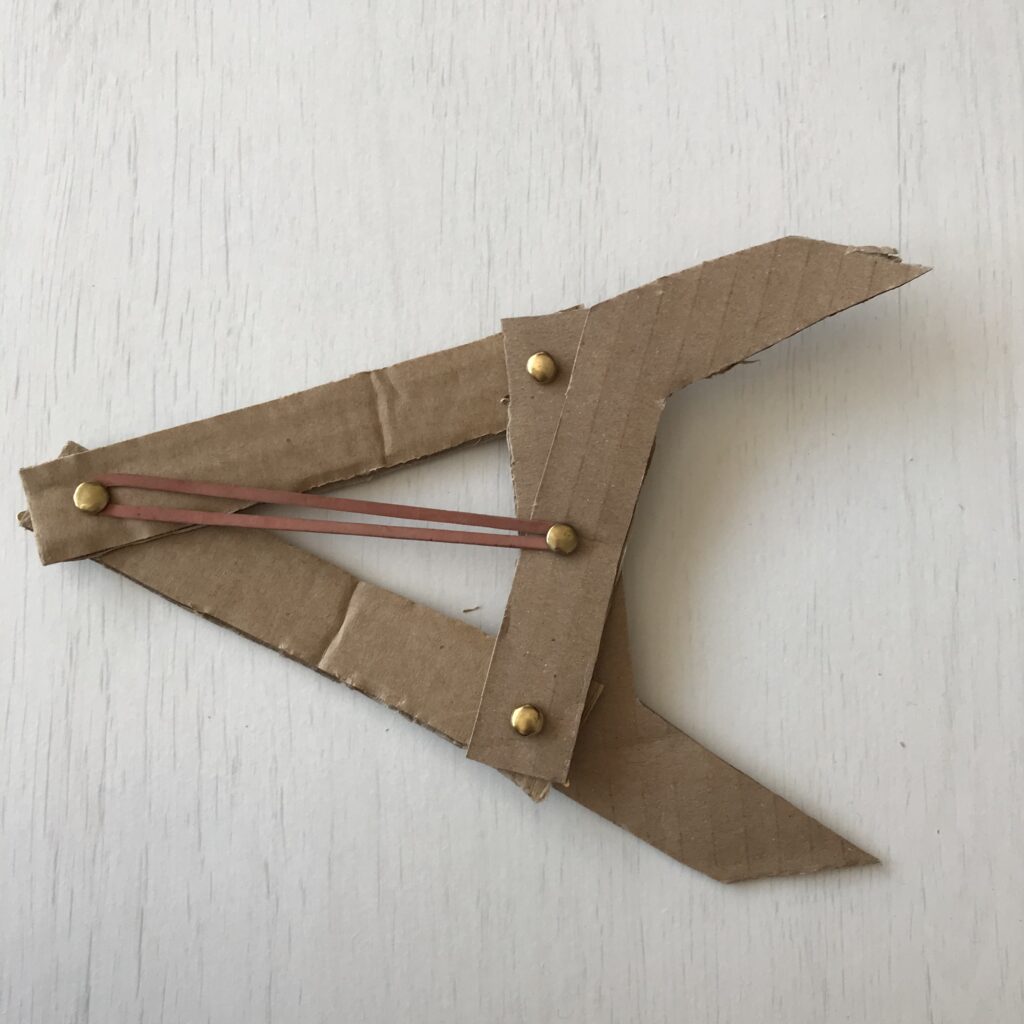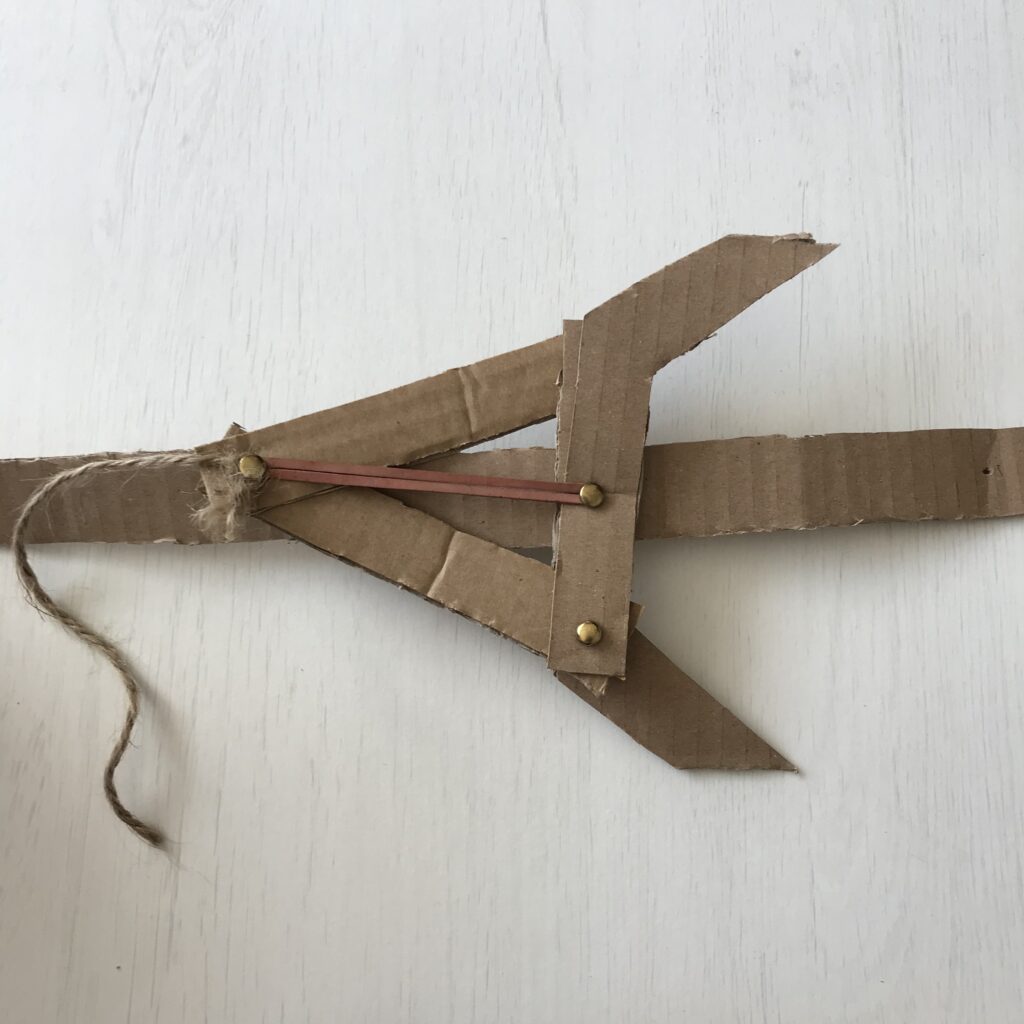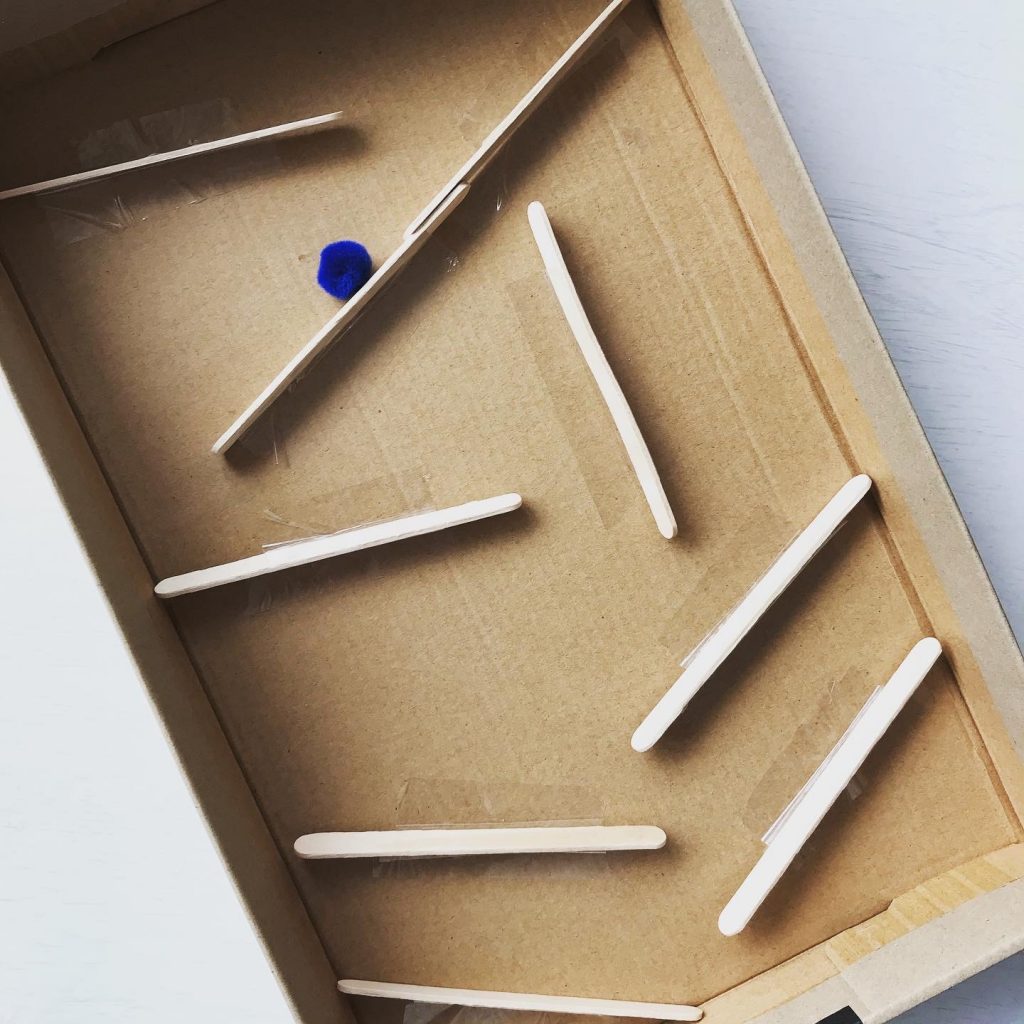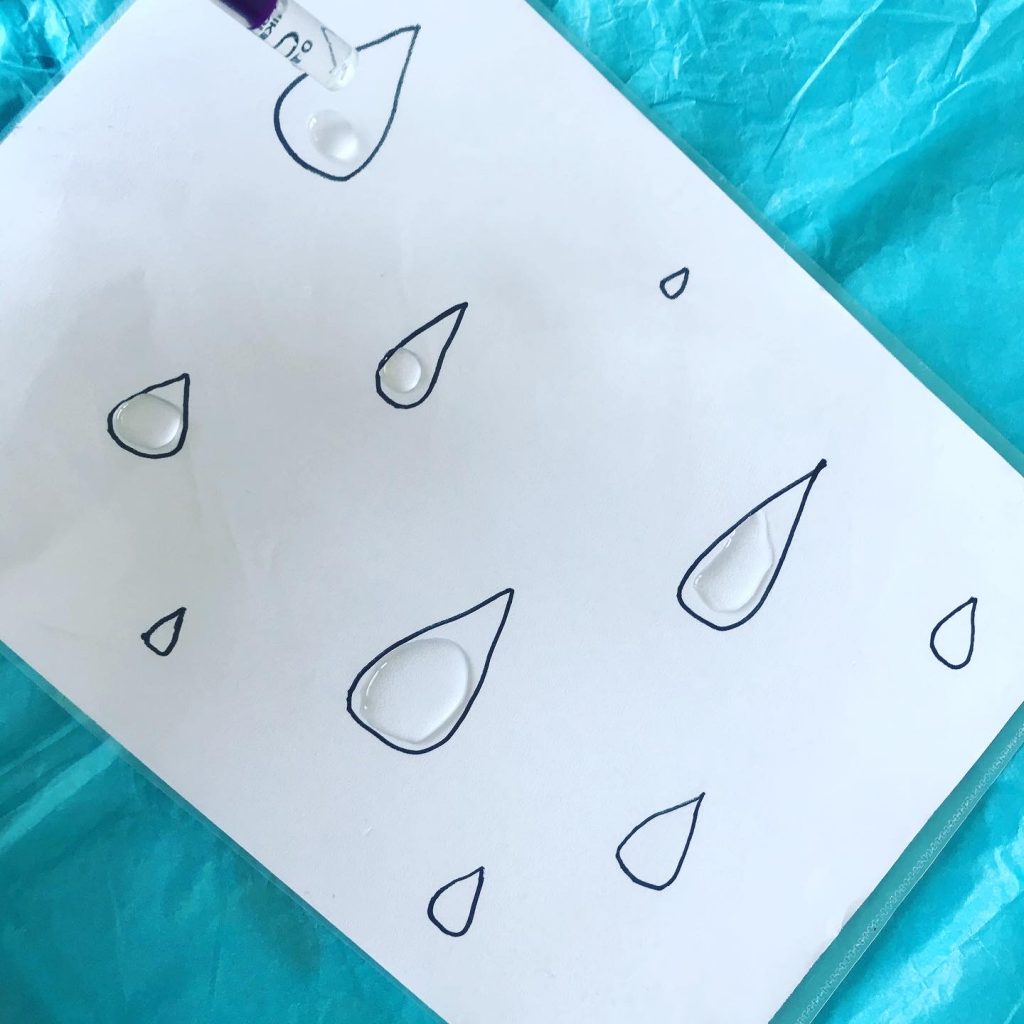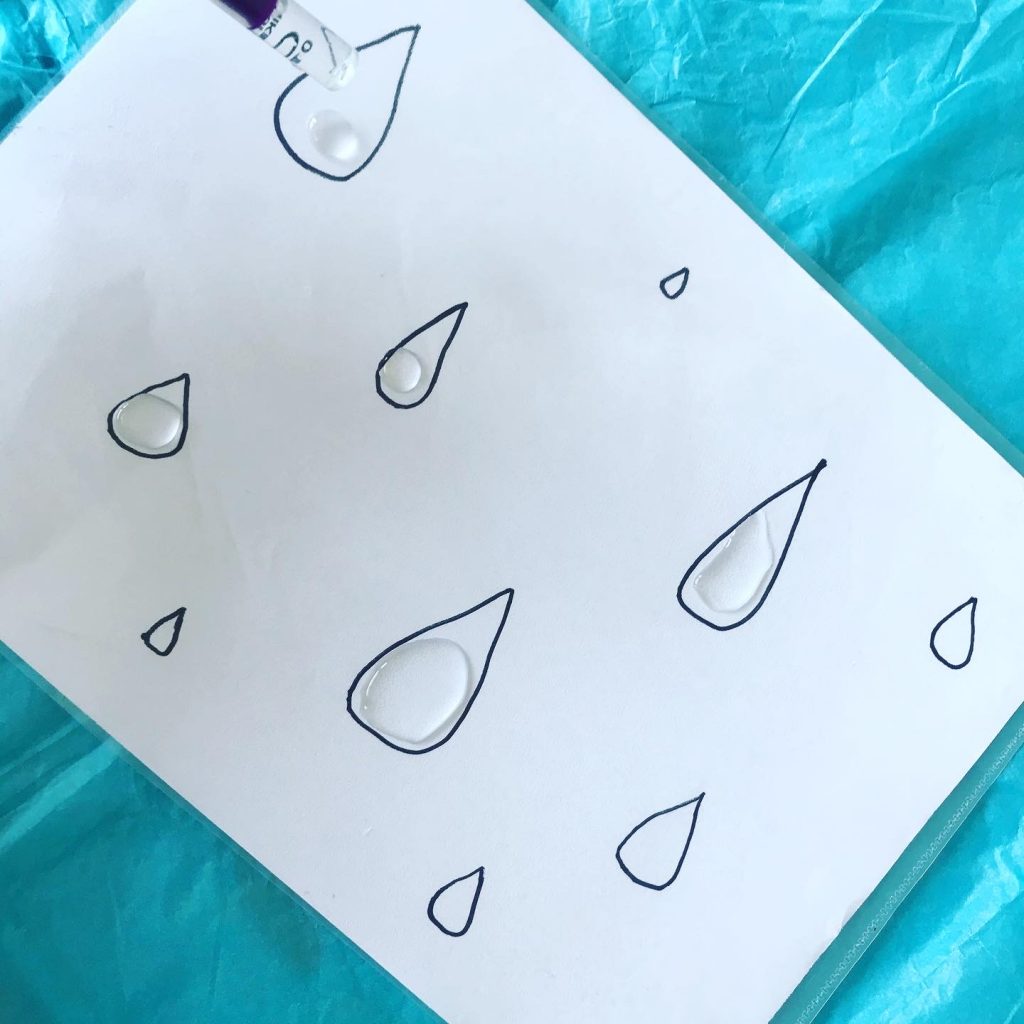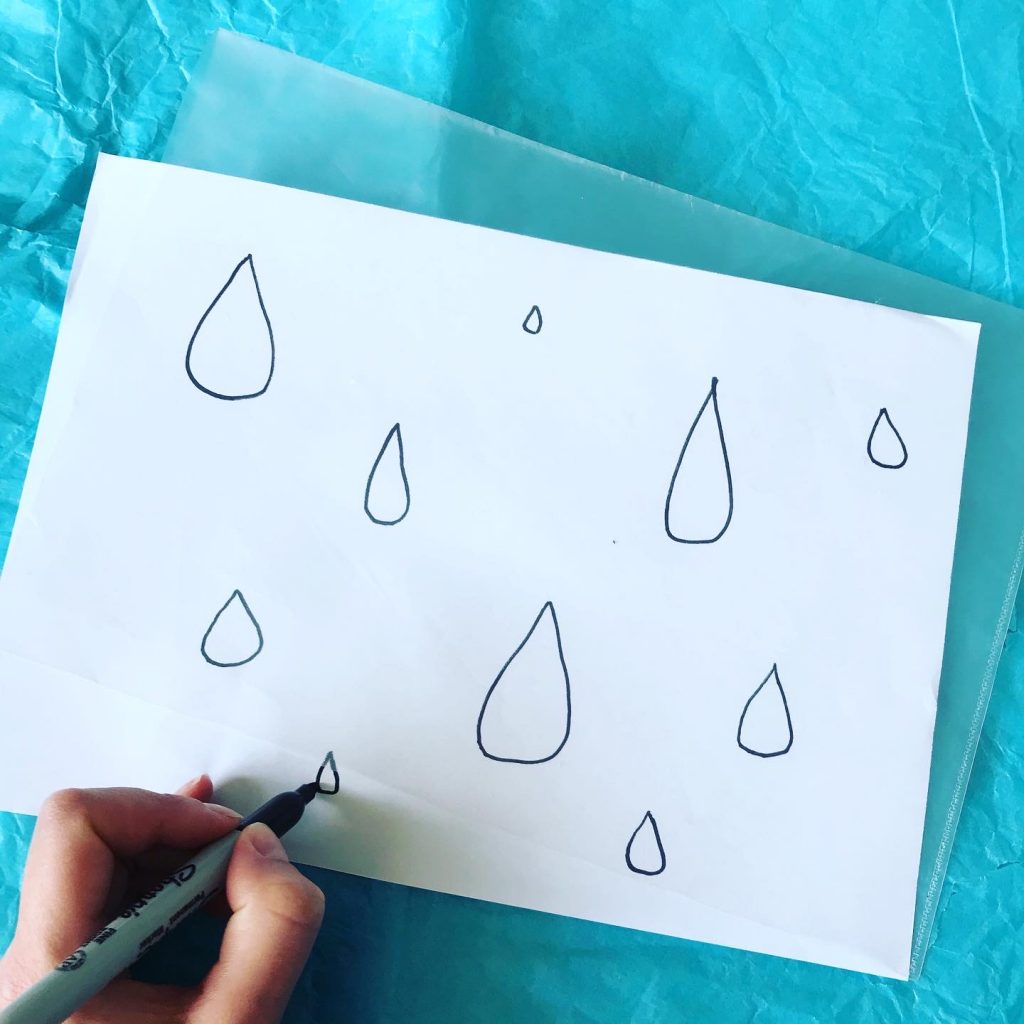
Water Xylophones
You will need
How to do it
- The challenge is to play a tune on a water xylophone, created from glass bottles.
- To produce a different pitch (sound frequency), each glass bottle should be filled with a different amount of water.
- Measure out the water and experiment with making different sounds by gently tapping the side of each bottle using a stick.
- Order the bottles from lowest to highest pitched. Then perform a tune on your musical instrument. What do you notice about the pitch of the sound and the volume of water in each bottle?
What are we learning
Musical instruments create sound waves, which are temporary compressions in the air. These sounds are made when objects vibrate. When we tap each xylophone bottle we cause the glass to vibrate. These disturbances travel through space and ultimately make your eardrum vibrate, to be heard as sounds. This vibration produces a higher pitched sound when there is less water in the bottle. They produce a lower pitched sound when there is more water in the bottle. If you have used an assortment of different sized or shaped bottles then you may have noticed that you can fill two bottles with the same amount of water and still create different sounds. This is because the sound is vibrating within a different space.
Investigate
Ancient mathematicians like Pythagoras investigated the mathematics of musical scales. Can you find out more about this?












